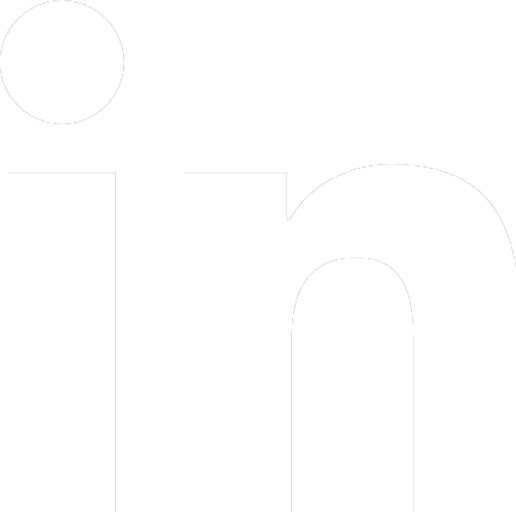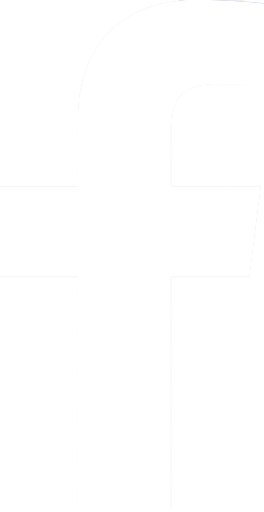Planning a Laser Scanning Project
By Monty
When planning a scanning project, it’s important to figure out what kind of results you’re aiming for.


“The best results are achieved when clients clearly specify their requirements. This allows surveyors to select the most suitable technology and techniques.”
What outputs are needed?
The outputs you need will shape the entire project. These could range from a polished 3D surface model to 2D drawings, animated renderings, or even immersive virtual environments. You might also need additional data, like photographs or survey control points, to support these outputs. The scale of your output is a big factor – it will influence the level of accuracy and the density of data points required. Think about how you’ll use the final product. Will it be printed for on-site annotations? Do you need to edit it yourself, or will it be used for presentations or reports? If others on your team will use the output, consider their needs as well.
How big is the subject?
The size of the object or site you’re scanning will determine the type of laser scanning technology to use. For small items like artifacts or statues, a triangulation laser scanner is ideal. It can achieve sub-millimeter accuracy and high point density. For larger features, like parts of a building, a triangulation scanner might still work, but access to the object could be a challenge. For bigger projects, like entire building facades or structures, time-of-flight or phase-comparison scanners are better suited. These systems have a longer range and are more efficient for large-scale work. For landscapes or multiple sites, airborne scanning might be the only practical option.
What level of accuracy is needed?
Accuracy requirements depend on the size of the object and the purpose of the survey. While it’s tempting to ask for “the best accuracy possible,” this isn’t always practical. Instead, aim for a balance between what the task requires, what the technology can deliver, and your budget.
What resolution is required?
Resolution refers to the density of measurements taken across the subject. For complex shapes or fine details, high resolution is essential to capture the object accurately. In some cases, you might combine different resolutions; lower density for simpler areas and higher density for intricate sections. For example, a building facade might need high-resolution scans for detailed carvings but only basic measurements for the rest of the structure.
Does the survey need to be geo-referenced?
For structures, buildings, or landscapes, it’s often necessary to link the data to a local or national reference system. This allows the data to be used alongside other spatial datasets. Smaller objects, like artifacts, don’t usually need this level of referencing, though their original location and orientation might still need to be recorded.
Are there time or access restrictions?
Access and time constraints can vary. Sometimes, you might have unlimited access, like when scanning an object in a studio. Other times, access might be limited – for example, if scaffolding is only available temporarily. Weather can also play a role; heavy rain can interfere with scanning, and airborne surveys are weather-dependent. In some cases, like archaeological digs, timing is critical because the site changes rapidly.
Is 3D information necessary?
If you need 3D data, think about how it will be used. This will help determine the level of processing required. Even if you only need 2D measurements, laser scanning can still be useful. It’s especially handy when traditional methods are impractical due to access issues. Plus, it can save time by reducing the need for repeat site visits.
Budget considerations:
Laser scanning is often seen as expensive, but it can be worth the cost if the data can’t be obtained any other way. If your budget is tight though, it might not be the best option. To get the most value, try to use the data in multiple ways. For large organisations, the time saved on site can quickly offset the initial investment.
Can you do it yourself?
While it’s possible to handle the scanning and processing yourself, it requires specialised skills. These might include expertise in survey control, 3D CAD, or GIS software. If this is your first project, hiring a contractor is usually the safer choice.
What are the alternatives?
Digital photogrammetry is the most common alternative to laser scanning. It’s become more accessible in recent years and can provide accurate measurements of surface topography. However, it struggles in areas with dense vegetation. Traditional methods such as total station surveying or even hand measurements with a tape or disto can also work, but may not be suitable for large or complex projects.
By carefully considering these factors, you can ensure your scanning project delivers the results you need in the most efficient and cost-effective way.




